I'm reading the textbook Randal E. Bryant, David R. O’Hallaron - Computer Systems. A Programmer’s Perspective [3rd ed.] (2016, Pearson)
I came across this question and I am not sure how the authors obtained the answer.
In the following excerpts from a disassembled binary, some of the information has been replaced by Xs.
Answer the following questions about these instructions. (You do not need to know anything about the callq instruction here.)
What is the target of the je instruction below?
40042f: 74 F4 je XXXXXX
400431: 5D pop %rbp
The answer given is as follows

Could someone help explain why the explanation is as such? I am unsure how they obtained the -12 and the 0xf4 values, and why they would be needed to calculate the target of the je instruction here.